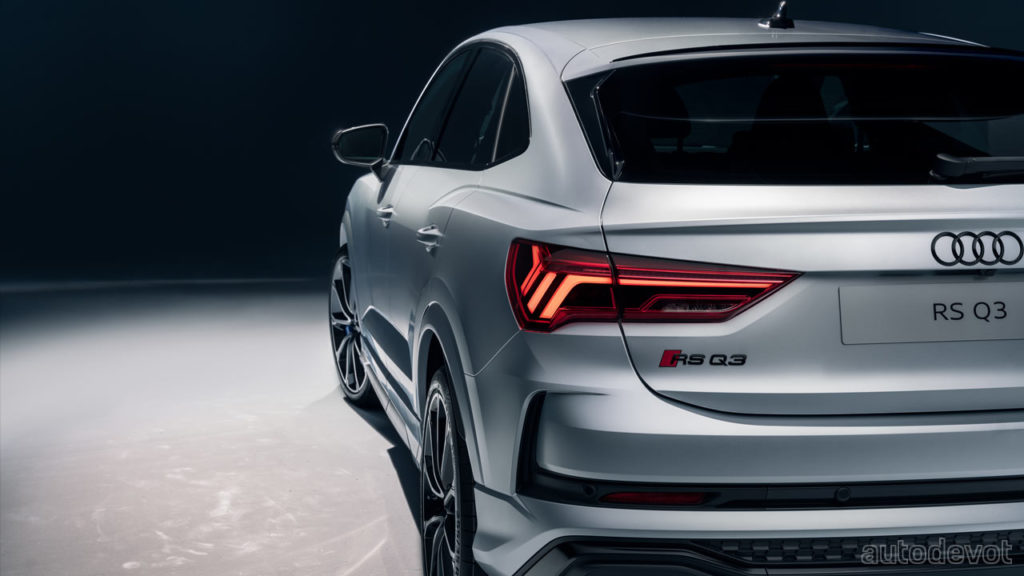Audi is offering new matte (or matt) paint finishes for TT and Q3 models. In addition to Python Yellow for the TT RS and Dew Silver for the RS Q3, Daytona Gray and Florett Silver join the matte-finish color palette, which Audi now offers for base models as well besides the range-topping ones, thanks to rising demand for such paint finishes. Meaning, even the base TT and Q3 models are now available in the aforementioned two new matte colors.
Matte finishes are now available for all Győr-manufactured (Hungary) models of the TT, TTS, TT RS Coupé and Roadster, as well as the Q3, RS Q3, and its Sportback siblings. For anyone wondering, these matte paint finishes are not cheap. On the Q3 for example, a matte paint finish currently costs an extra €4,600, and on the TT, Audi will charge you an extra €4,800 (both in Germany).
How the vehicle gets a matte finish
Modern paints are technically complex. In addition to the phosphate layer, the paint finish—with cathodic dip coating (CDP), filler, base coat, and clear coat—consists of five thin layers that together are no thicker than one-tenth of a millimeter. That’s about the thickness of a human hair. To meet the quality requirements of daily use in the long run, the paints undergo various short- and long-term tests, including stone-chip resistance and weathering tests. As part of the approval process, Audi also checks things such as the adhesion and corrosion resistance of the paint. The entire process of design, selection, technical implementation, and approval of the colors can take anywhere between 3 to 5 years.
But anyway, once a color is approved, the primer, filler, and color coats are followed by a clear matte coat, which contains matting agents in the form of silicate particles. This is applied directly to the base coat. The thickness of its layers ranges between 40 to 50 micrometers, or in other words, 40 to 50 thousandths of a millimeter, as with conventional clear coats. The matting agents lend the surface its characteristic matte finish. With its surface structure, matte paint reflects light diffusely instead of directionally, thus achieving the matte look. Once the body is painted, automated and manual measurements and quality checks follow, including in the light tunnel.

Leave a Reply
Note: Comments that are unrelated to the post above get automatically filtered into the trash bin.






































